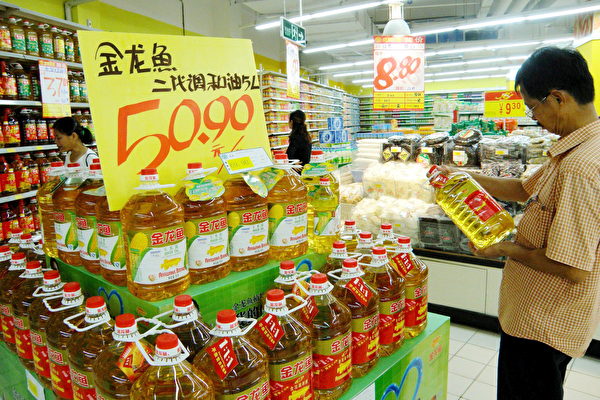On the evening of February 20, the Chinese edible oil giant Jinlongyu released its 2024 performance report, showing a decline in both revenue and net profit. Additionally, Jinlongyu has seen a continuous decrease in net profit for the past four years, with its market value evaporating over 600 billion Chinese yuan from its peak.
According to the financial report, Jinlongyu achieved a revenue of 238.866 billion yuan in 2024, a decrease of 5.03% compared to the previous year. The net profit attributable to shareholders of the listed company was 2.502 billion yuan, down by 12.14%, and the non-GAAP net profit was 0.972 billion yuan, a decrease of 26.42%.
The company attributed the decline in performance to three main reasons: falling product prices, the impact of channels and product structure, and short-term effects on profit from new project investments.
Founded in 2005 and headquartered in Shanghai, Jinlongyu went public on the Shenzhen Stock Exchange in 2020. In the initial years, the company’s revenue scale continued to grow, but the growth rate has gradually slowed down. By 2023, it saw a year-on-year decline for the first time.
Although Jinlongyu has a large revenue scale, in recent years, the company has been in a situation where revenue is increasing but profit is not. The company’s net profit attributable to equity holders has seen a significant decline since 2021, with a continuous year-on-year decrease until 2024. Data shows that the company’s net profit attributable to equity holders in 2024 has dropped by over half compared to the peak of 6 billion yuan in 2020.
At its initial public offering, Jinlongyu was highly sought after by investors. In just three months, its stock price surged from the offering price of 25.7 yuan per share to a peak of 145.62 yuan per share, reaching a market value of over 780 billion yuan. However, since then, Jinlongyu’s stock price has plummeted.
As of the close of trading on February 20, Jinlongyu’s stock price was only 31.26 yuan per share, with a market value of only 169.5 billion yuan, down by 78.18% from its peak, resulting in a market value loss of over 600 billion yuan.

